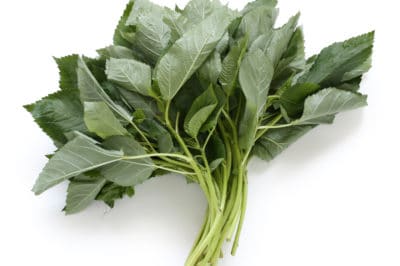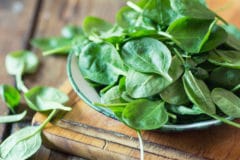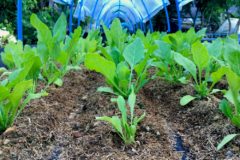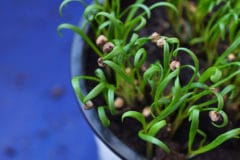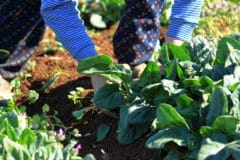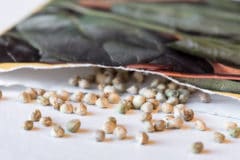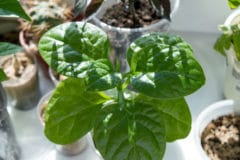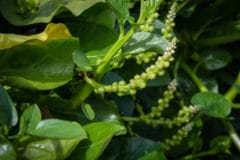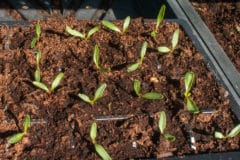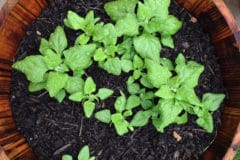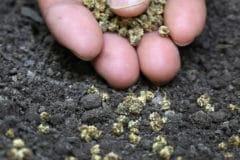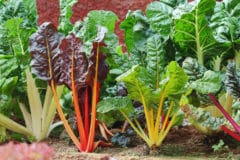What is Molohkia?
If you had to liken molokhia to a vegetable you are familiar with, you would probably describe it as something like spinach. In fact, one of the other names for molokhia is Egyptian spinach. It even looks like spinach when it is cooked and has a lot of the same nutrients as spinach.
However, the two plants are entirely different, and there are many qualities that molokhia has that are unique. One of the main properties in molokhia is mucin, which helps coat the digestive tract and aid digestion. Cooked, it becomes somewhat slippery and thick, much like okra.
Growing Molokhia
Regardless of your USDA growing zone, you should be able to plant and harvest molokhia successfully. Although it performs best in warm climates with ample humidity, this vegetable can thrive anywhere with a bit of knowledge. Some important things to be aware of include:
- Molokhia will not grow if the temperatures drop below 70°F (21°C). If your nighttime temperatures fall below this, you will need to cover the plants at night.
- This vegetable continues producing throughout the growing season as long as you harvest the leaves regularly. If you do not pick the leaves, the molokhia will go to seed quickly and become inedible.
- Molokhia proliferates. The first leaves are harvestable about six weeks after planting and will continue to produce more leaves as soon as some are removed.
Tip: Since molokhia is such an abundant producer, you may want to limit your crop to only a handful of plants.
Using Molokhia
Although the leaves of the molokhia plant can be eaten raw, many people find them bitter and prefer them cooked. Molokhia is typically seen in Asian or Egyptian dishes. You can add them to soup both as a flavoring agent and a natural thickener, or you can saute them quickly and add them to pasta dishes.
Tip: Since molokhia cooks very quickly, always add the leaves at the tail end of your cooking time to preserve their color and taste.
However, you choose to cook molokhia, you will find that the plants add a certain flair to even the most mundane dishes. Once you have learned how to grow this nutritious plant, it just may become a staple in your garden every year.
